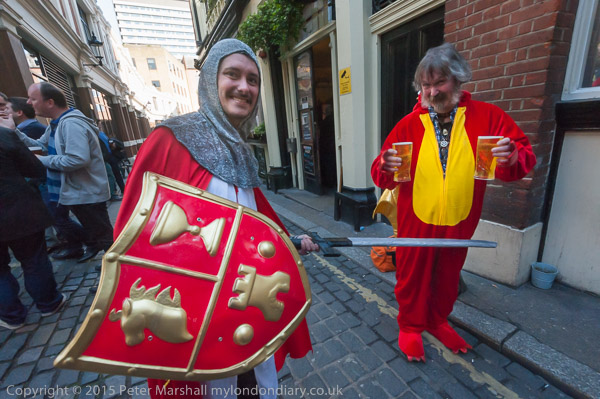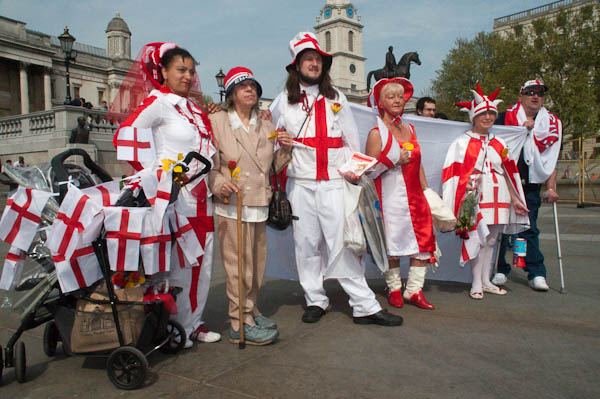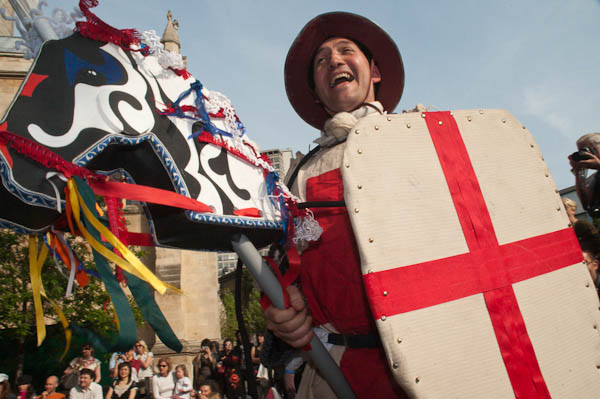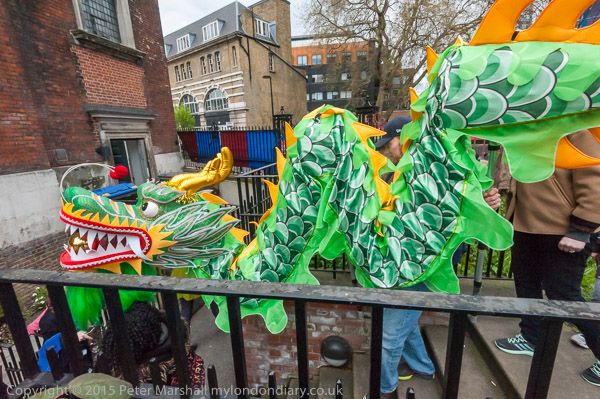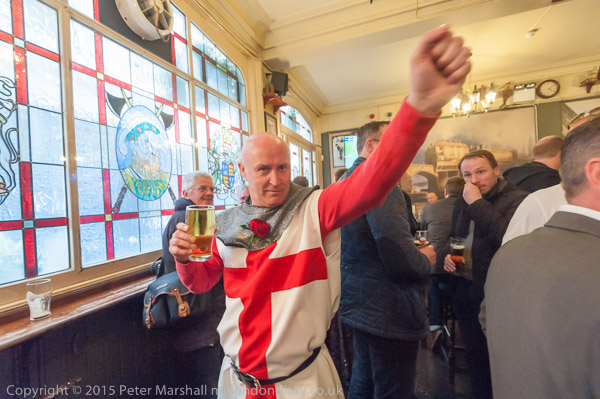Shops, Warner, Marx, English & A Lighthouse from my walk on Sunday 24th September 1989.
I wasn’t quite sure what I thought about this window display with at right a dress with pictures with rear views of three mice as PRODUCER, DIRECTOR and EDITOR sitting in their directors chairs holding megaphone, script and clapper-board for TAKE 1.
To the left is a mannequin in some kind of underwear and holding another item of lingerie, with other items draped over what looks like a deckchair without its canvase. Behind the two is the larger face of a woman photographed in similar underwear.
I’m not sure how I would describe the faces and hair styles of the two mannequins; perhaps “imperious”?
I’m unsure if ‘finial’ is the correct architectural term for these decorative features at the division between the shop fronts on the substantial block on the north side of the High Street between Pretoria Avenue and Carisbrooke Rd, I think at 19-35.
This block was developed by The Warner Estate Co. Ltd, registered in 1891 and responsible for much of the development of the area between the 1880s and the First World War, and it probably dates from the early 1890s.
Quite what the significance of the dragon, the flower and the grotesque devilish face are I leave to you. But I took four photographs of this, and another between 27 and 29 in the row.
I tuned south down St James’s Street where on the right are two more blocks of Warner properties with more of the dragons and flowers but without the grinning gargoyles between the shops. Between the first and second floor buildings are mouldings with winged cherubs holding an ornate a bowl of fruit, surrounded by swirls of oak leaves. There is a flower at each bottom corner and in the centre, below the bowl what could be a mushroom or toadstool.
Apollo Dry Cleaners are still I think in the shop at 4 St James St and you can see them in this picture of the row of shops. The clock which was above the Opticians at Number 6 has now gone, although I think two strips of wood which held it are still in place.
These shops – and those on the High Street in the top picture are not even locally listed but they are in the Walthamstow St James Conservation area, with these Warner properties on St James St marked for possible future local listing. There are also desciptions of these and the High Street properties.
Funeral Directors Alfred English are still at 70 St James St, but the extension at he side of their large detached house is no longer a shop window and the large sign on the wall to its left and reflected in the window has also gone.
Alfred English have been funeral directors in Walthamstow since 1896, for many years as a family owned firm. It has become a part of Dignity Group which includes 795 Funeral Directors across the UK.
I was rather disappointed to find that Marx House had no connection with Karl, but was named after Marx Gross its first occupier. But while that may be so, I think it may also have a connection with the street name, Markhouse Rd, which apparently derives from an early Marck Manor House. Mearc apparently meant boundary and the estate was on both sides of the boundary between Leyton and Walthamstow.
This was on Markhouse Common which was enclosed in the 1850s and development of this area then started with railways serving the area around. Until 2002 there was a pub at the junction of Markhouse Lane and Queen’s Road, which over the years had various names including the Commongate Hotel, JD’s, Couples and the Sportsman, but is now a hotel with its old name.
This local landmark was built in 1893 and was for many years a popular church in the area. Bullard King & Company, Limited had been founded in 1850 by Daniel King and Samuel Bullard with a fleet of sailing ships trading between London and Natal as The White Cross Line, and they moved to steam vessels in 1879, adding services to carry labourers from India to South Africa.
In 1889 Captain King donated the site on Markhouse Road and paid for the building, begun in 1892, making clear what he wanted to architect J. Williams Dunford. Apparently originally the church had a revolving light shining during services.
The light perhaps helped to attract worshippers and in 1903 it had congregations of over 1,500. The building was Grade II listed in 2007, and the listing text contains an unusually lengthy description including the following: “The lighthouse turret is distinctive, particularly given the church’s inland location, and is an uncommon feature of the design. Despite the obvious link between Christian imagery of Jesus as the Light of the World and the function of a lighthouse, there are no known examples of church designs which use a lighthouse architectural feature. “
The building is still in use as The Lighthouse Methodist Church though I imagine congregations are now considerably smaller.
More from this walk in Walthamstow later.
Flickr – Facebook – My London Diary – Hull Photos – Lea Valley – Paris
London’s Industrial Heritage – London Photos
All photographs on this page are copyright © Peter Marshall.
Contact me to buy prints or licence to reproduce.







